Grammy award winning pianist Bill Charlap has performed with many of the leading artists of our time including Phil Woods, Tony Bennett, Gerry Mulligan, Wynton Marsalis, Freddy Cole, and Houston Person. Born in New York City, Charlap began playing the piano at age three. His father was Broadway composer Moose Charlap, whose credits include Peter Pan, and his mother is singer Sandy Stewart, who toured with Benny Goodman, and was a regular on the Perry Como Show. She earned a 1963 Grammy nomination for her recording of “My Coloring Book.” In 2005, Charlap and Stewart released the acclaimed CD, Love Is Here To Stay (Blue Note).
In 1997, Bill Charlap formed his trio with bassist Peter Washington and drummer Kenny Washington. Charlap is known for his interpretations of American popular song. Time magazine wrote, “Bill Charlap approaches a song the way a lover approaches his beloved…no matter how imaginative or surprising his take on a song is, he invariably zeroes in on its essence.” In 2016, Tony Bennett & Bill Charlap: The Silver Lining, The Songs of Jerome Kern, was awarded a Grammy for Best Traditional Pop Album. In April, the Bill Charlap Trio released, Notes from New York, their debut recording for the Impulse label. Alan Morrison’s five-star review in Down Beat stated that the new recording is “a masterclass in class.”
Charlap is married to renowned jazz pianist and composer Renee Rosnes, and the two artists often collaborate in a duo piano setting. In 2010 Charlap and Rosnes released Double Portrait (Blue Note). Bill Charlap is currently the Director of Jazz Studies at William Paterson University in Wayne, New Jersey.
Schaen Fox recently interviewed Bill Charlap for The Syncopated Times:
Your trio has been together for so long, it’s hard to think of you as separate artists.
I’m so touched that you feel that’s true. Okay. Here’s how we got together. I was making records for Gerry Teekens’s Dutch label Criss Cross at that time. They made records in the mold of Blue Note records, of the ’50s and ’60s, celebrating the essence of the great improvisers who were oriented in swing and forward-thinking bebop, but it grew to become a label that championed the best young musicians in New York. Kenny and Peter were something of the house rhythm section for Criss Cross much like Paul Chambers and Art Taylor were for Prestige. They were making records with everybody, all kinds of great things that I loved.
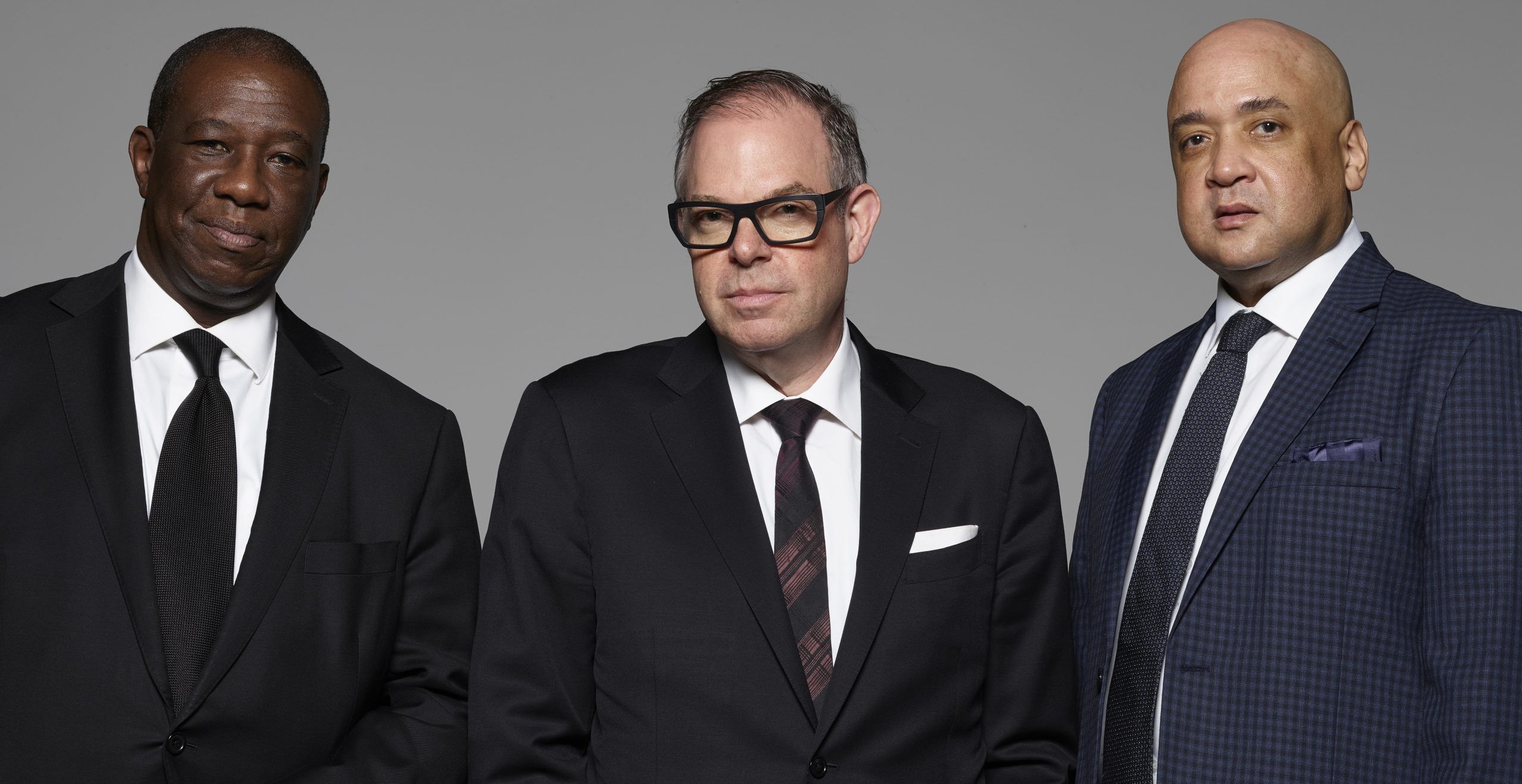
I had hired Kenny once to play at the Blue Note. I remember Kenny coming up to me with great seriousness before we played. He’s looking at a chart that I had of the introduction on “Joy Spring,” I was missing a beat in my bass part, and he comes up, “Hey man, you’re missing a beat.” Right away, I was, “Okay, let me get my pencil. There you go. Here.” And we start playing. At first, he’s watching, by the second tune he’s got a smile. Third tune and he’s got a big grin. He was really happy. He said, “Man, where have you been? You’re playing has Hank Jones in it and all this other beautiful stuff. I haven’t seen you hang out.” I didn’t hang out, or if I did, I did it very quietly. I would sit in the back and listen, and I wasn’t trying to make the scene. Anyway, he accepted my conception, and that meant a great deal to me.
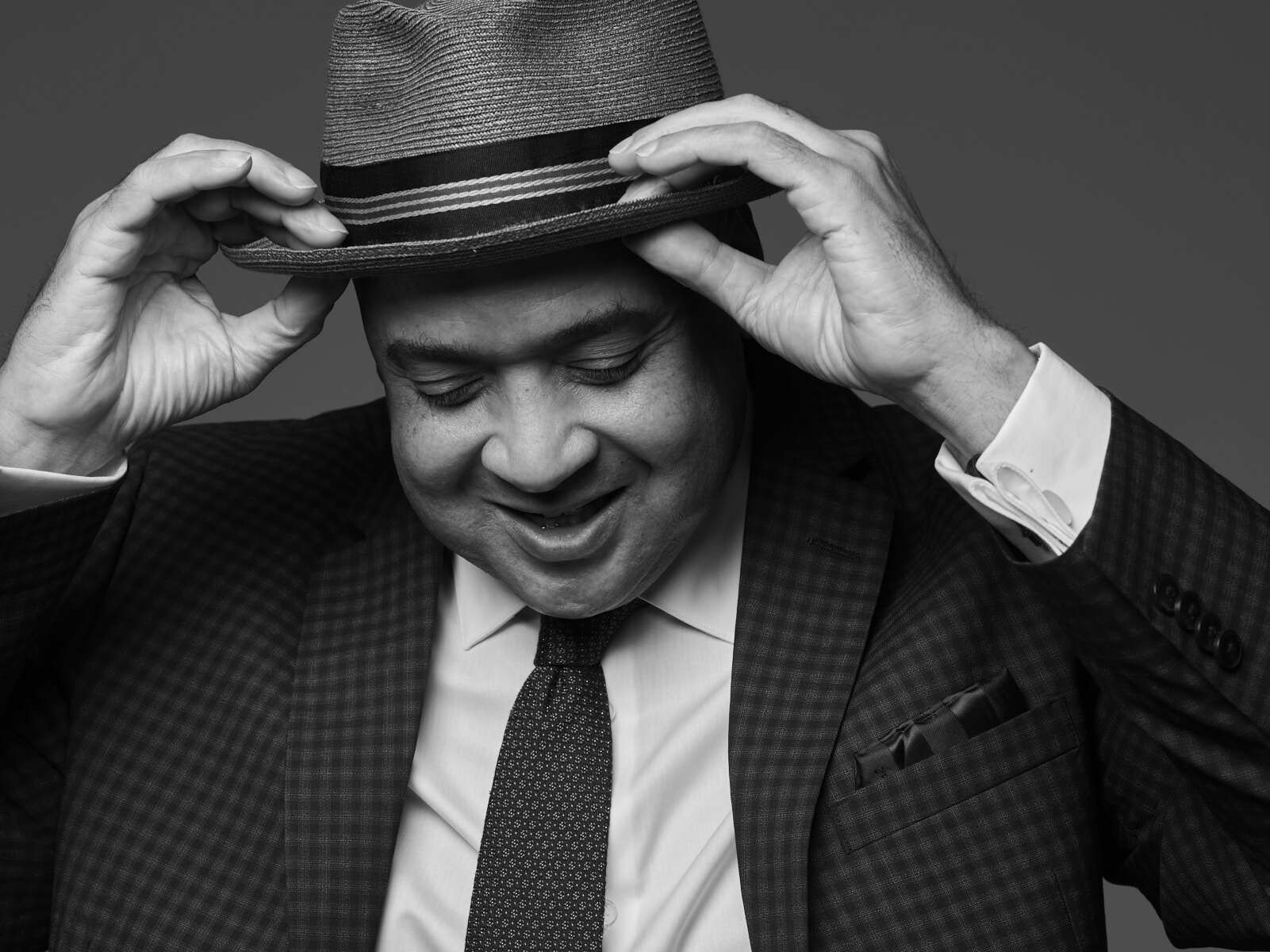
I always loved the way Peter plays. He and I had also played together once at a place called The Savoy, a real mob joint. I had made a couple of records for Gerry Teekens. And Teekens was like, “Man, I want you to make a really wild record.” He had heard me play with people like Conrad Herwig and John Gordon, where I was stretching out in a different way, as much Cecil Taylor and Shostakovich as Bud Powell. That wasn’t what I wanted to do. I wanted to play the songs in the way that mattered to me. And I said, “Well, I want to make a record with Kenny Washington and Peter Washington.” And Gerry said, “What do you want to do that for? They play with everybody.” I said, “Well, Gerry, I have an instinct about it. I think it’s going to work.” And we made our first trio album All Through the Night, in December, 1997.
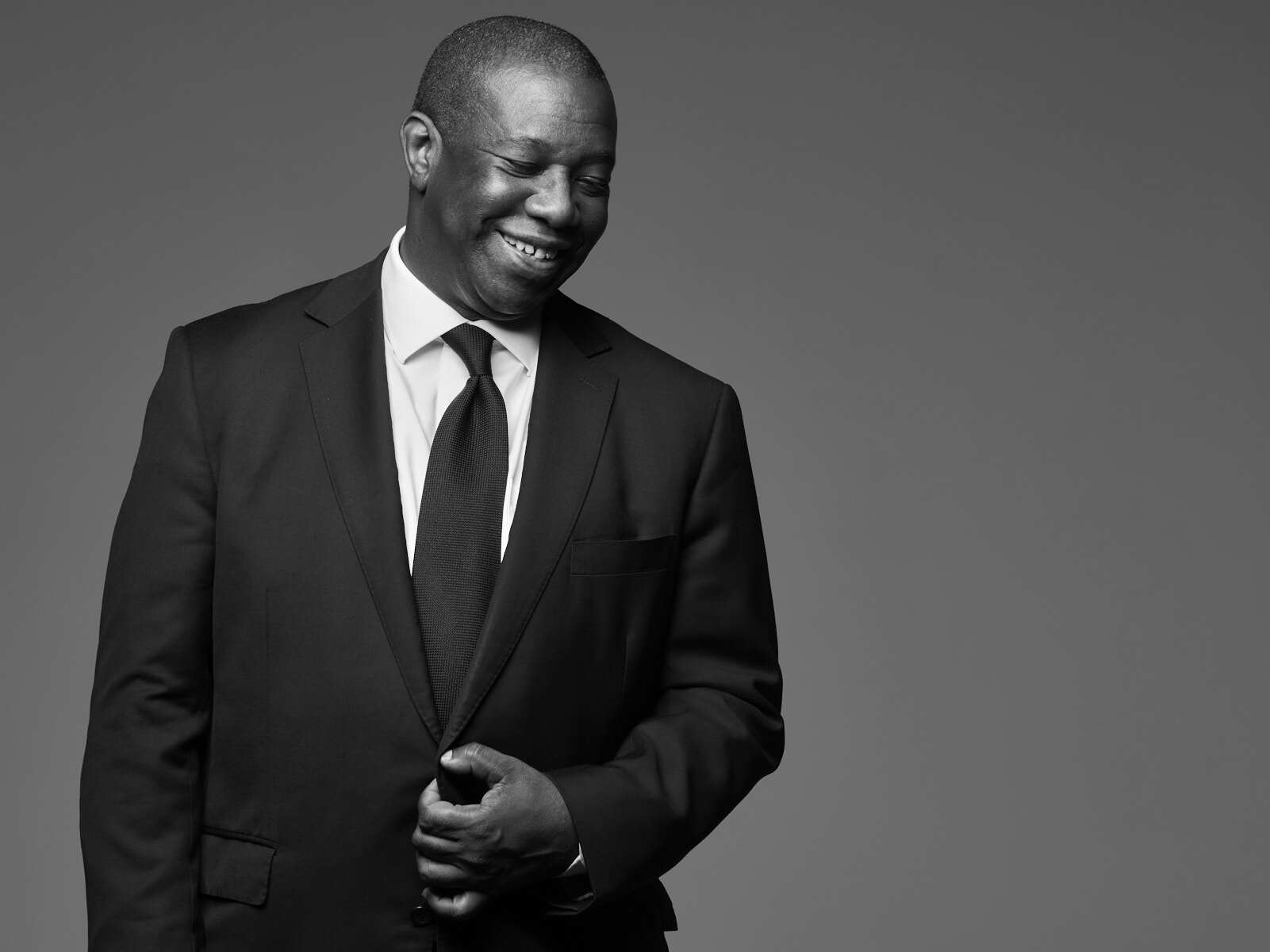
I remember driving to the RPM studio on 12th street. As I’m parking the car, I saw Kenny’s walking with his cymbals, his weapons of peace, strapped over his back and I thought, “Oh, wow I’m about to play with Kenny Washington and Peter Washington.” We start recording “All Through the Night,” and my eyes locked in with Kenny’s as he’s playing those magnificent, intense brushes that he plays with such depth. And right away it’s, “Something’s happening here, some kind of magnetism, something that’s greater than me and him and us.” We all felt it instantly. So, if you want to hear the first time the trio ever played together, turn on “All Through the Night,” from that Criss Cross album, and you’ll hear that the chemistry is there. It’s already the sound of our band.
At that point, I said, “Would you guys like to play some gigs?” Now, they didn’t need to be playing gigs with me. They were playing with Tommy Flanagan, Dizzy Gillespie, and all the Giants, but they said, “Yeah, man, we want to play.” I said, “I can’t offer you a lot of money. They’re not giving me much money.” They said, “That’s okay. Let’s do it.” And I got us a couple of little gigs.
I got a one nighter at Joe’s Pub and right around that time some good things were happening for me. I was being written about: Whitney Balliett wrote a piece in The New Yorker that was important for my career. Then Terry Teachout wrote a half of a page in the New York Times with a big picture, and Gary Giddins wrote a full page in the Village Voice when these things mattered.
I was able to get us a gig at the Jazz Standard, that was our first week playing a bona fide, great New York club. I made postcards and sent them out. And sometimes in the audience, we might see Frank Wess, Rufus Reid, James Williams, Ruby Braff, Dave Grusin, Tony Bennett, or Javon Jackson, so some of our peers and masters were coming to hear us.
Bruce Lundvall, a great producer, was in the audience at Joe’s Pub and said, “You’re a Blue Note artist. I’d like you to make a record for Blue Note.” So, we did. At the same time, I wrote a handwritten letter to Lorraine Gordon, “Dear Mrs. Gordon, I’d love to come to the club.” and I called her. I was playing now at the Jazz Standard, and she had read The New Yorker; she was always on the cutting edge of the pulse of whatever was happening. I said, “Hello, Mrs. Gordon.” She said, “Oh, hello. I guess I have to give you a gig now.” I remember saying, “Well, you don’t have to, but that’s really what I’d love.” She said, “Okay, dear.” We were always friends. Lorraine could be rough and tumble but we always got along. I grew up in New York in the music business. I appreciated her, and that’s how that worked.
That’s how we started, and we continue because we’re still learning from each other and growing together and the chemistry has only deepened. We now have quite a history. We’ve made records with Scott Hamilton, Harry Allen, Freddy Cole, Tony Bennett, and lots of others. We’ve done a lot of stuff and logged quite a lot of time on the road together. The great thing about real great chemistry is we’re all so different. That’s why it’s great, we’re different and it all comes together, and the whole is greater than its parts. And that’s the idea. It’s not, you come along with me, it’s – okay we’re 33 percent equal parts. Now, that means there’s still 1 percent. So that’s the leader percent. I might say, “To the left, gentlemen.” And they may say, “No, Sergeant. Landmines!” “Okay, to the right!” It’s like that.
Did you join Tony Bennett’s group for The Silver Lining CD?
Well, we worked together, but I was never a member of his group. One of the earlier things that I did as a leader in New York was the club Jay’s on 97th Street. One night, Tony Bennett came in with Helen Keane, who was Bill Evans, manager for so many years, and they sat and listened. I went over and said hello and all that, and they were very nice.
Quite a few years later, I’m playing with Phil Woods, at the Blue Note, and I’m up in the dressing room and their house manager says, “Tony Bennett is sitting at the bar. He’d like to speak to you.” I go down there, and he said, “Ralph Sharon can’t do a couple of gigs. I wonder if you could come out and play a few dates with me?” I said, “Of course, it’d be my honor.” That was the only time that I played in Tony’s actual band. I think we went to San Francisco of all places.
It was fun, because he had just done the Billie Holiday tribute, and there are a lot of duets with Ralph Sharon on there. He was doing songs like “Me, Myself, and I” and part of the show had the rhythm section lay out, so they were just duets. So, I did a couple of dates, but at that time I was with the Phil Woods quintet. After that, his office sent me a litany of four- or five-months’ worth of strenuous dates. Tony called and said “I would like you to join the band as Ralph is going to be leaving.” It’s the impetuousness of youth, and I had to take certain risks. I said, “Mr. Bennett, I love playing with you. I admire you so much, but I can’t make the kind of permanent commitment that an artist of your stature deserves.” I thought that would be the end of our friendship forever, but he respected it.
He would always come and hear me, and sometimes he would sit in, and we became friends. We would just hang out and talk about music and art. He taught me a lot about painting, John Singer Sargent, Sorolla, and the people that he loved. He gave me a lot of straight from the horse’s mouth stories of people like Judy Garland and Fred Astaire. It was wonderful spending time that way. He would call me for something special, like, “Oh, I’m going to the Kennedy Center to do the Mark Twain Award for Carol Burnett. Would you come along? We’re just going to do one tune.” He always took care of me very well, and was always nice.
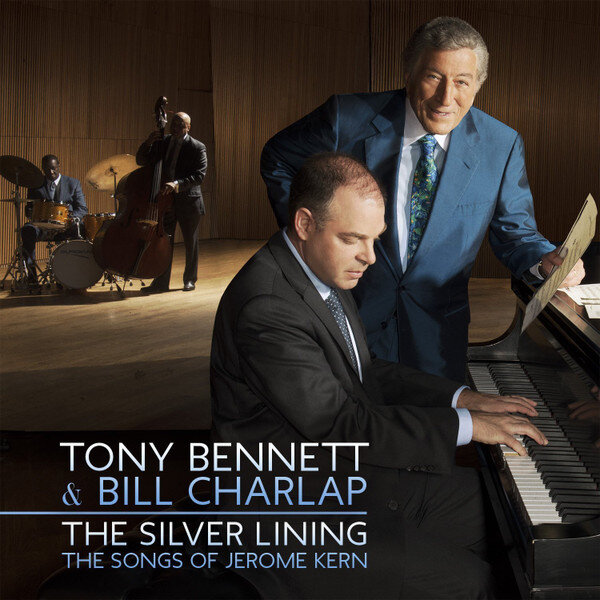 At some point, he just said, “We should record something together.” Finally, one day he said, “Listen, we really should get this done. When can we do so?” He loved Renee’s playing. He had heard us play duo piano. And he loved Kenny and Peter’s playing and he said, “I want to do an album of Jerome Kern. What do you think about that?” I said, “Yeah, you couldn’t possibly do better. That’s the angel at the top of the tree of popular songwriters.” Interestingly, I’ve learned all of those songs from the magnificent album that my mom made with Dick Hyman. He said, “Well, should we do it as a duo or with your trio? Or should we do it with Renee?” I said, “I think that we should do all of them, depending on what’s best for the song, because it will still be family, there’s all that special chemistry there.”
At some point, he just said, “We should record something together.” Finally, one day he said, “Listen, we really should get this done. When can we do so?” He loved Renee’s playing. He had heard us play duo piano. And he loved Kenny and Peter’s playing and he said, “I want to do an album of Jerome Kern. What do you think about that?” I said, “Yeah, you couldn’t possibly do better. That’s the angel at the top of the tree of popular songwriters.” Interestingly, I’ve learned all of those songs from the magnificent album that my mom made with Dick Hyman. He said, “Well, should we do it as a duo or with your trio? Or should we do it with Renee?” I said, “I think that we should do all of them, depending on what’s best for the song, because it will still be family, there’s all that special chemistry there.”
We got together a number of times in the city at his apartment. Kenny and Peter came over one afternoon, and typical of Tony, there was a huge lunch spread. It was just nice; it was always nice. Once, at Steinway Hall, Tony came over in a sweatsuit, because he would always exercise. Renee and I sat at two pianos, and he stood in the middle. And we worked out the arrangements and conceptions of “The Last Time I Saw Paris” and “Long Ago and Far Away” and things like that.
Incidentally, you should know on that album, the two-piano thing on “Long Ago and Far Away,” that whole first chorus is just me and Tony. Then Renee joins, but on “The Song Is You,” that entire first chorus is just Renee, that’s not me at all. I don’t think people really realize how much of an imprint she has on that album. There are four tracks that are two piano tracks, and there’s no clutter in them. Some people don’t understand that it’s simply impossible to play on one piano unless you’re using your nose. But generally, it’s so clear that people think it’s just one piano, but certainly it’s not. That’s part of how we play two pianos.
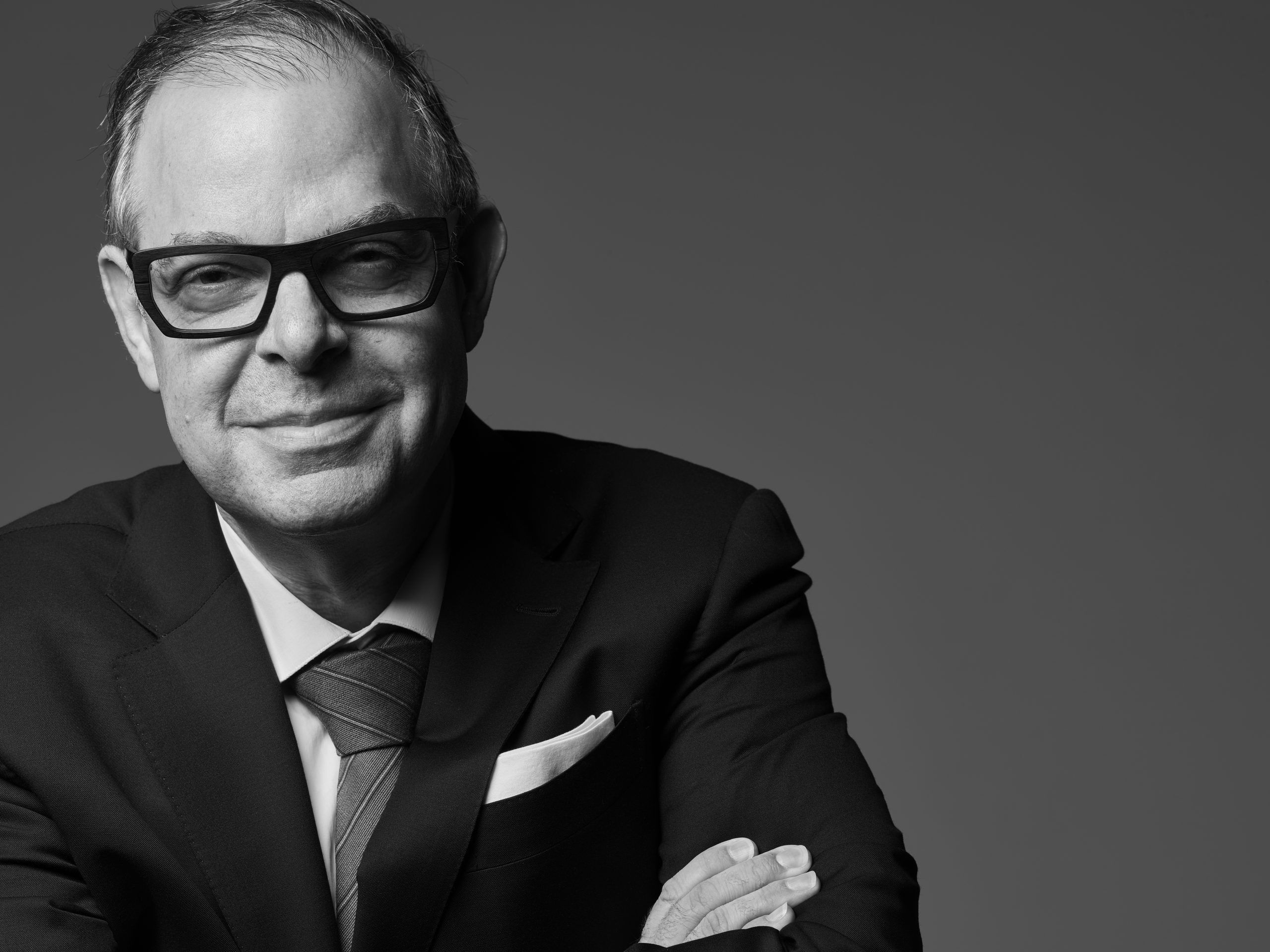
He’s a jazz singer, in that he’s relating to the music around him. If you listen to that record, I play a chord. He relates to it. He’s got a magnificent ear and instincts. He doesn’t know about sharps and flats, or enharmonic modulations or anything like that. But that doesn’t matter at all. His ear tells him. With Tony, it was always a collaboration, he was always listening to what you would do. And he responded to it in terms of his note choices. He’d take initiative and jump out and do something that surprised you. Tony actually has a tenor voice, and because of the richness of it, he’s got notes that are quite high in range that he could grab out of the blue.
His son, Daegal, who’s a wonderful recording engineer, and has been working with him for so many years, said to me, “Tony never sings the same thing once.” It’s true, because he really did approach it differently. His idea was to really be in the moment. Certainly, he’s not a jazz singer in the sense of Sarah Vaughn or Ella Fitzgerald, or an improvising singer like Betty Carter, a true jazz singer. Tony is like my mother Sandy Stewart or Rosemary Clooney or Frank Sinatra. They are singers who swing and tell the story and put a personal signature on the melody. Anyway, that’s how we became friends, and how that friendship endured for a long time.
Visit Bill Charlap online at billcharlap.com (from which our introduction is adapted). His latest album, Street of Dreams, is available in CD, vinyl, and digital formats.
Schaen Fox is a longtime jazz fan. Now retired, he devotes much of his time to the music. Write him at foxyren41@gmail.com.





















